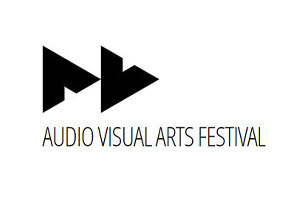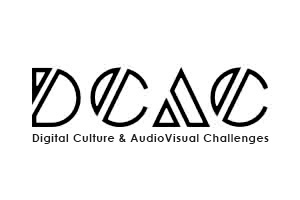Description: The last two decades have made apparent an interdisciplinary and intermedia aspect across arts and humanities based on an a wider ‘spatial’ and ‘mobile’ turn, which have been of great interest in a series of fields such as contemporary art, urban studies, performance art, locative media, sensory anthropology, architecture and cultural geography among others. Cities have been always in the centre of creativity as they form multimedia clusters of socio-cultural rhythms and materialities as well as of technological and emotional flows. This has impacted on experiences of both local and global layers, altering the notions of place, space and memory. The current course aims to provide an introductory solid account of spatial art practices within urban contexts, with a particular focus on 20th century walking art practices (i.e. flaneur, psychogeography, locative media) and the ways such methods have gone hybrid through embodied audiovisual and GPS technologies; highlighting the importance of in-site action; something with either poetic or political implications in arts.
Keywords: Site-Specific Arts, Walking as Art, Psychogeography, City, Media Arts, Senses
Objectives (hour):
1-3: Understand the emerging interdisciplinarity across arts and humanities
Understand the methodological impact of ‘spatial’ and ‘mobile’ turns
Provide a historical and cultural account of city and walking art practices
Understand the concepts of place, space, local, global & locative media technology
4-8: Creation of walking action based on psychogeographical algorithms (practice)
Creative use of ‘walking with’ method (practice)
Creative use of audio, visual, GPS and performative elements (practice)
Prerequisites/advisable prior knowledge:
- Basic knowledge of audiovisual software (video editing, sound editing)
- Basic knowledge of cameras or sound recorders
- Open to creativity and interdisciplinarity!
Required equipment
- Camera with video option,
- Smart phone with free GPS app,
- Notebook and a pen
- A personal object that you are emotionally attached with it or simply like it (optional)
Evaluation feedback: Completion of a small project of 2-3 people which will include concept and audiovisually documented action
Recommended reading list:
- Augé, M. (1995). Non-Places: An Introduction to an Anthropology of Supermodernity. London: Verso.
- Benjamin, W. (1973). Walter Benjamin: Charles Baudelaire: A Lyric Poet in the Era of High Capitalism, trans. Zohn H., New York: Verso.
- Careri, F. (2002). Walkscapes: Walking as an Aesthetic Practice. Barcelona: Gustavo Gili. [ESSENTIAL]
- Debord, G. (1958). ‘Theory of the Dérive’. Available at: http://tinyurl.com/49ywp [Accessed: 16 October 2016]. [ESSENTIAL]
- de Certeau, M. (1984). The Practice of Everyday Life. Berkeley: University of California.
- Dear, M., Ketchum, J., Luria, S. & Richardson, D. (eds.) (2011). Geohumanities: Art, History, Text at the Edge of Place. New York: Routledge.
- Gros, F. (2014). A Philosophy of Walking. London: Verso.
- Hemment, D. (2006). ‘Locative arts’ Leonardo, 39 (4), pp. 348-355. [ESSENTIAL]
- Lee, J., and Ingold, T. (2006). Fieldwork on Foot: Perceiving, Routing and Socializing. In Coleman, S. and Collins, P. (eds.) Locating the Field: Space, Place and Context in Anthropology, ASA Monograph. Oxford: Berg, pp. 67–86.
- Kaye, N. (2000) Site-Specific Art: Performance, Place and Documentation. London: Routledge.
- Solnit, R. (2001). Wanderlust: A History of Walking. New York: Penguin Books. [ESSENTIAL]
- Tester, K. (ed.) (1994). The Flâneur. London: Routledge.
Back to courses





